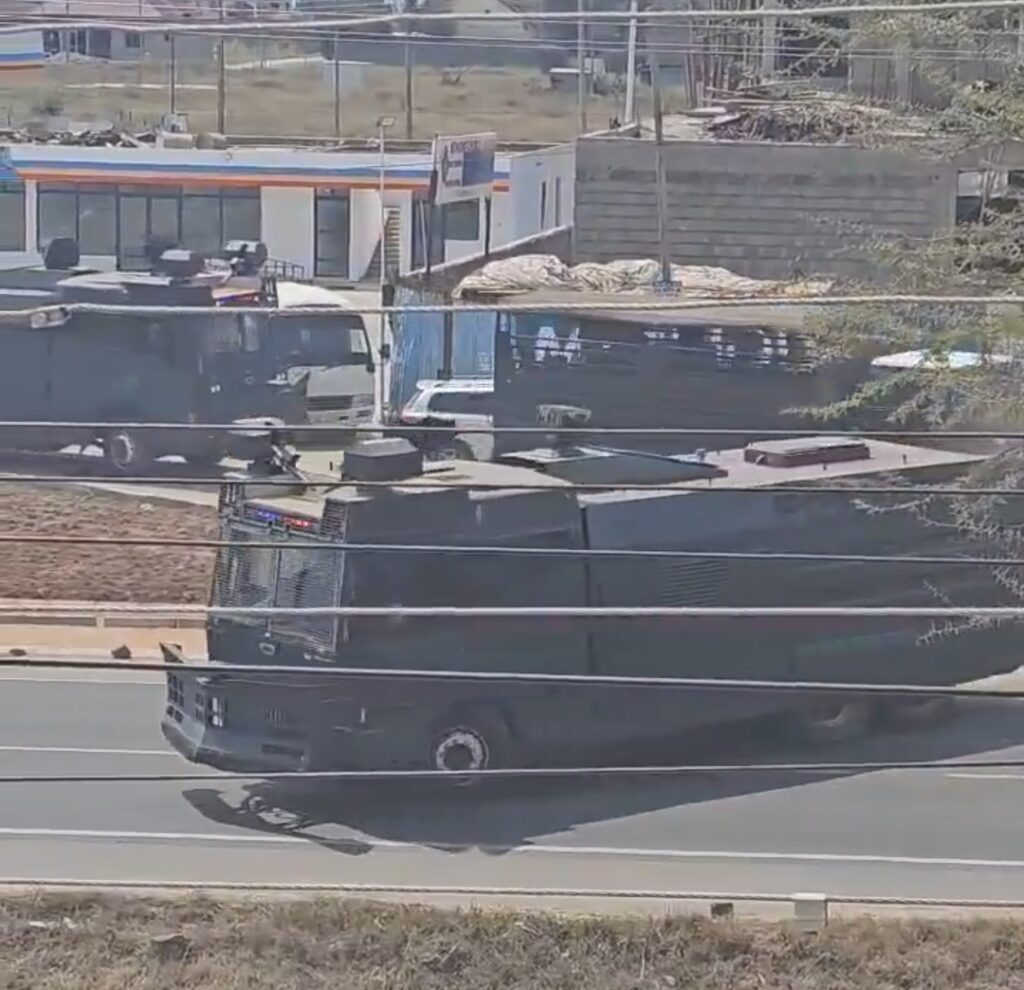Protests in Kenya have been a significant part of the country’s political landscape for decades, often reflecting public frustration with governance, economic challenges, and social injustices.
One notable period of protests was during the 1990s, when Kenyans took to the streets to demand multi-party democracy, leading to the repeal of Section 2A and the return of pluralism.
Another key moment was in 2007-2008, following disputed elections, where widespread unrest escalated into violence, leading to significant loss of lives and property.
More recently, anti-corruption protests have surfaced, such as the “Occupy Parliament” movement in 2013, where citizens carried pigs and painted them to symbolize corrupt politicians.
The protests against the rising cost of living in 2023, often driven by civil society groups and political opposition, also highlighted deep economic hardships faced by ordinary Kenyans.
Protests in Kenya often begin peacefully but can quickly escalate into confrontations with police, who are usually deployed in large numbers to maintain order.
Tear gas, water cannons, and arrests are common features during these protests, with participants often accusing the government of using excessive force to silence dissent.
However, these demonstrations continue to serve as a vital channel for public expression and are a reminder of the enduring struggle for accountability and fairness in Kenya.


